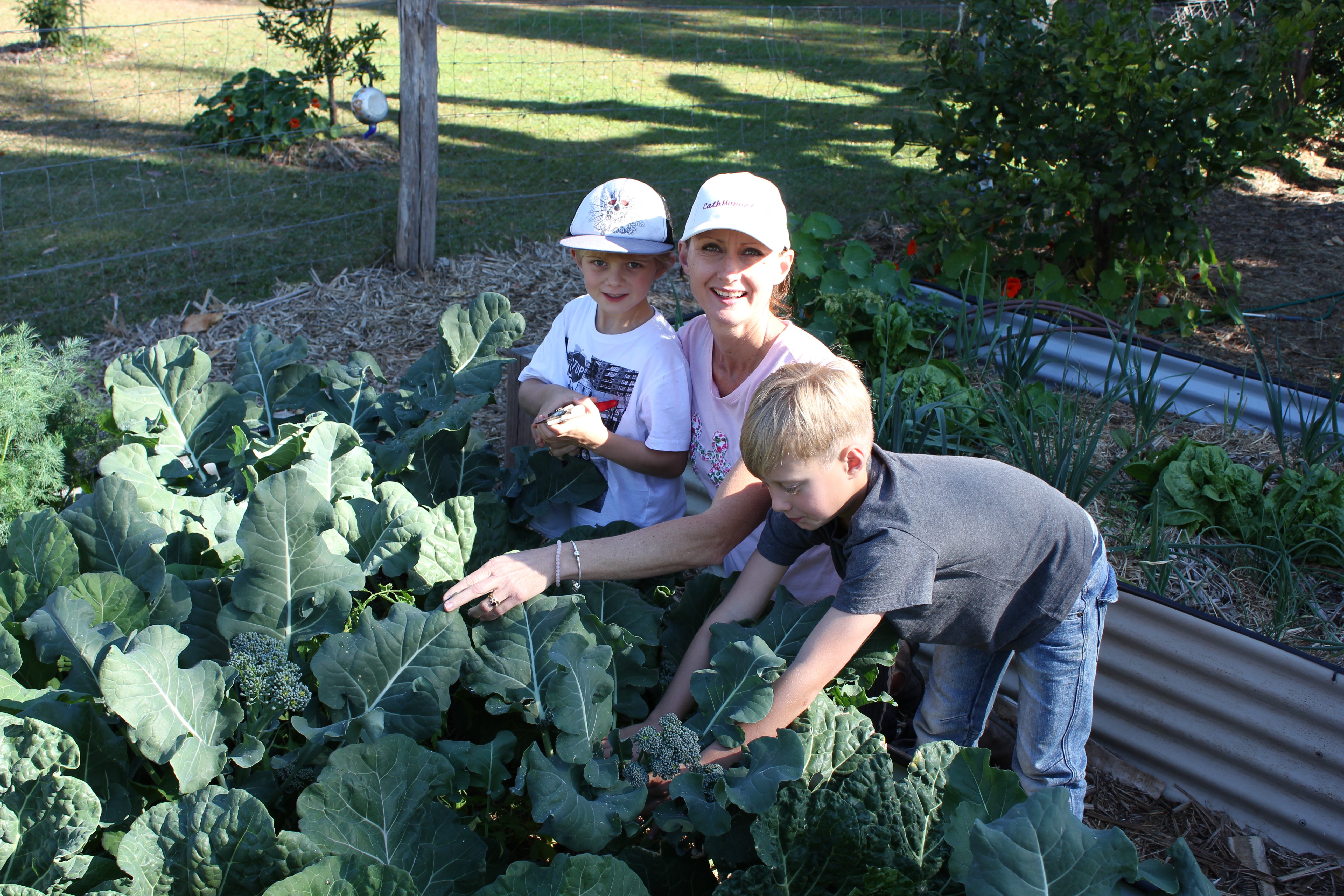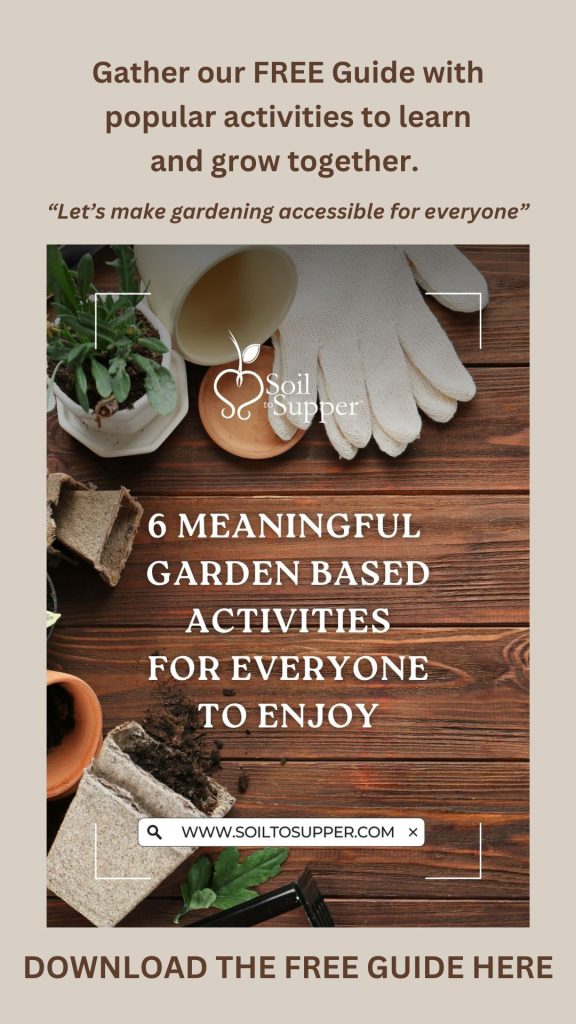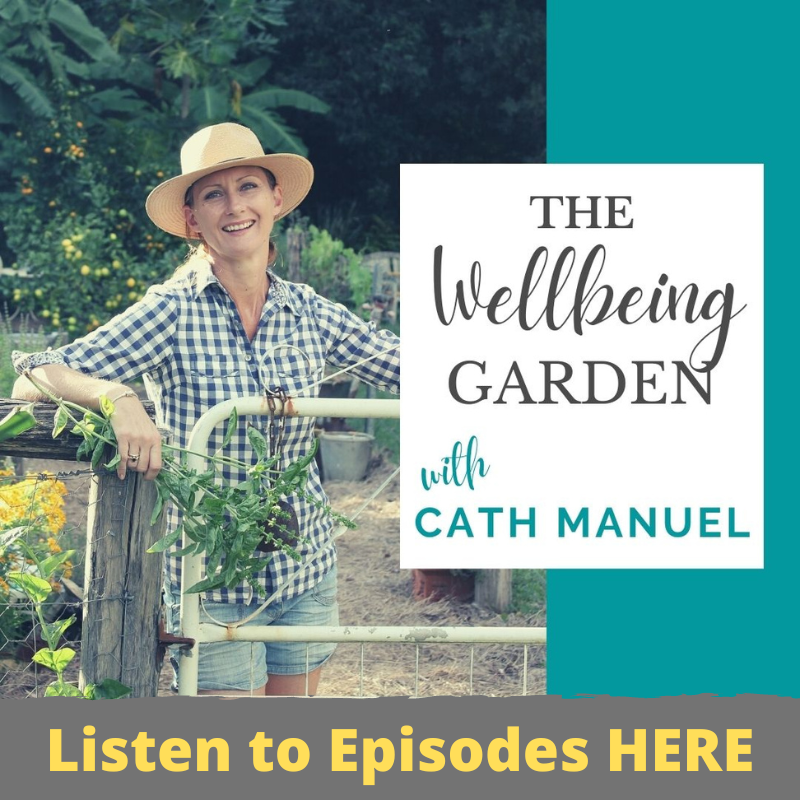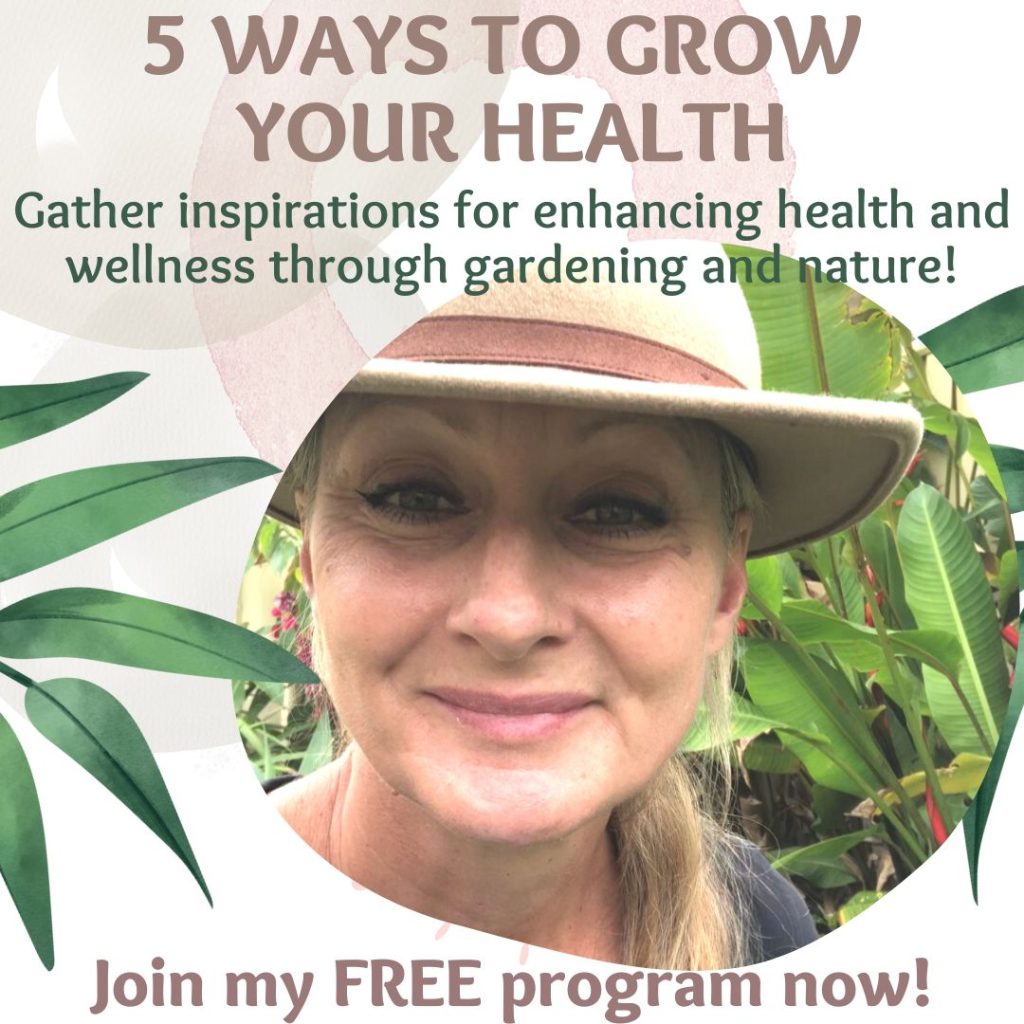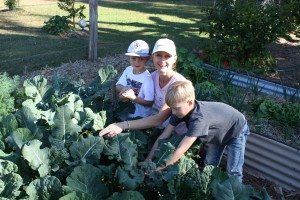
Recently I delivered a workshop at Yandina Community Gardens on ‘Preparing your Garden for Autumn Growing’.
As promised, here are the notes from the session.
Things to consider when preparing your garden…
Soil Health
Soil is dry after a hot, dry summer. Increase organic matter, especially nitrogen, as it adds moisture.
- Organic resources – things that are from a natural source
- Organic products – liquid fertilisers, eg worm juice, compost tea, comfrey tea, purchased products (ensure they are organic) and slow release fertilisers, eg blood and bone, organic manure pellets, etc.
Gather resources from around your home. Don’t throw away green waste (i don’t call it waste !!) into green waste bins, keep it all !!
Grow Support Plants around your gardens. 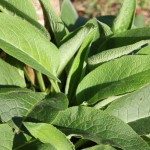 A few great plants are Comfrey, Pigeon Pea, Arrowroot, Nasturtiums, Lemongrass, Vetiver and Popcorn Cassia. These are available from Yandina Community Gardens on Tuesday’s and Saturday’s or from Green Harvest.
A few great plants are Comfrey, Pigeon Pea, Arrowroot, Nasturtiums, Lemongrass, Vetiver and Popcorn Cassia. These are available from Yandina Community Gardens on Tuesday’s and Saturday’s or from Green Harvest.
Support Plants are used to improve soil health and as good companion plants. Growing these plants amongst your gardens means you have free resources available as needed. Chop up the foliage and place over the soil, cover with a sprinkle of blood and bone then cover in cane or hay mulch. This is a quick and easy way to feed the soil.
Get to know your soil type.
- Sand – has large particles, good drainage, poor water holding, good root development, good aeration, high erosion & low compaction.
- Clay – has small particles, holds nutrients well, bad drainage, poor aeration, lower erosion & high compaction.
- Loam – is a balance of sand, clay and silt and best growing medium for plants.
You could also have sandy loam or clayey loam, which is a blend of sand or clay and loam.
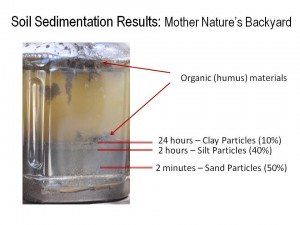 A fun and easy way to test your soil type is using a glass jar. Place about 1/2 cup of garden soil, taken from approx. 20cm deep in soil, and place in jar. Fill with water and place on a flat surface to settle.
A fun and easy way to test your soil type is using a glass jar. Place about 1/2 cup of garden soil, taken from approx. 20cm deep in soil, and place in jar. Fill with water and place on a flat surface to settle.
After a while you’ll notice things settling down. The larger organic particles will float to the top, the fine clay and silt particles will settle next and then the sand and small stones will settle at the bottom. You can then see the clay/sand content of your soil.
If the water is clear after an hour or so then you have a sandy type soil, if it’s still murky and cloudy then you’ll have a clayey soil. Get the kids involved in this one!!
pH test your soil.
Always a good idea before adding anything to the garden. A quick and easy way is with a pH test kit. You’ll find some extra info on another article HERE.
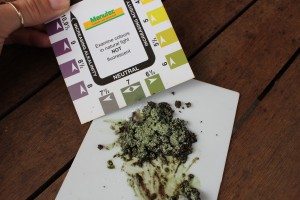 Keep this in mind when looking as results…
Keep this in mind when looking as results…
- acid soils with pH less than 6 can have deficiencies in some minerals
- alkaline soils with pH higher than 7 could have nutrients unavailable
- For a balanced healthy garden aim for pH around 5.5 to 6.5 or 7.
- Use Lime to increase soil pH. Dolomite is ok, it’s a mixture of calcium carbonate and magnesium carbonate, and it costs more than lime. Dolomite is only used for magnesium deficiency in soils.
- To reduce soil pH use powdered sulphur.
- The best way to bring pH closer to neutral is with organic matter !!
Moisture, or lack of, conditions of your soil.
Recent weather conditions (from bom.gov.au)
- Spring 2013 was warmest on record in Queensland
- Starting in August the temps were above average
- Australian temperatures have risen 1deg since 1910 with warming being fastest during spring
- Rain forecast is for approx. 300mm rain from March to May (we hope!!)
- Now is the time to prepare for cooler weather and possible rain
Soil can become water repellent after long periods of dry. Adding organic matter will help to hold moisture in soil.
Limit digging soil, especially when soil is in a fragile condition. Use a garden fork to aerate the soil but no deep digging and turning.
Gypsum (Calcium sulphate) can be used to help break up heavy clay soils and doesn’t alter pH levels.
Blood and Bone contains phosphorus, nitrogen, calcium and magnesium and will provides nutrients, helps to break soils, assist to decompose organic matter (great for compost activator) and provides food for organisms. Doesn’t contain potassium (k) , so potash should be added to fruiting and flowering crops. Phosphorus (p)– for root growth and growth of new shoots, Nitrogen (n) –for leaf growth.
** Bone meal is a mixture of finely and coarsely ground animal bones and slaughter-house waste products. It is used as an organic fertiliser for plants and as a nutritional supplement for animals. As a slow-release fertiliser, bone meal is primarily used as a source of phosphorus. Finely ground bone meal may provide a quicker release of nutrients than the coarser ground version of bone meal. (Wikipedia)
Lightly dig into soil with a garden fork…watch irrigation pipes !!
Place all ingredients on the top in this order - (they will blend through over resting time)
TIP - Give your soil a deep soak of water in the morning, or late afternoon before applying ingredients. When watering apply deep soaking, rather than often shorter applications.
- Water – deep soak before adding anything
- Nutrients – minerals & slow release organic fertilisers **blood ‘n bone is great!!
- Nitrogen – green manure crops, chop & drop, garden clippings or green lawn clippings
- Compost, mushroom compost, worm castings or rotted manure
- Water & liquid fertiliser
- Carbon – mulch layer on top
- Rest time for approx. 4 weeks

While gardens are resting here’s some jobs to do…
- pruning
- weeding
- composting
- mulching
- irrigation maintenance
- planting
- pests & diseases
- seed saving
- harvesting
- cooking
Make a list of foods to grow.
- Start with a ‘Shopping List’
- Sow seeds
- Propagate cuttings
- Planting seedlings
Try gardenate.com for what to grow each month
During Autumn it’s still warm enough to do vegetative propagating and grow new plants.
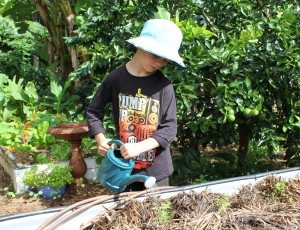 Nurture & Care for your Garden
Nurture & Care for your Garden
Our gardens respond to nurturing and care just like us. If you spend time in the garden, enjoying all the abundance of nature and connecting with nature then your garden will respond. We have a natural connection with nature and plants – ‘Biophillia’
Well-being is improved by spending time in the garden and our gardens respond from the care and attention…Give it a try !!
Read my article on just 30 minutes in the garden HERE.
Have a wonderful time in your garden and enjoy the cooler months,
Cath xx
© cath manuel 12 march 2014

